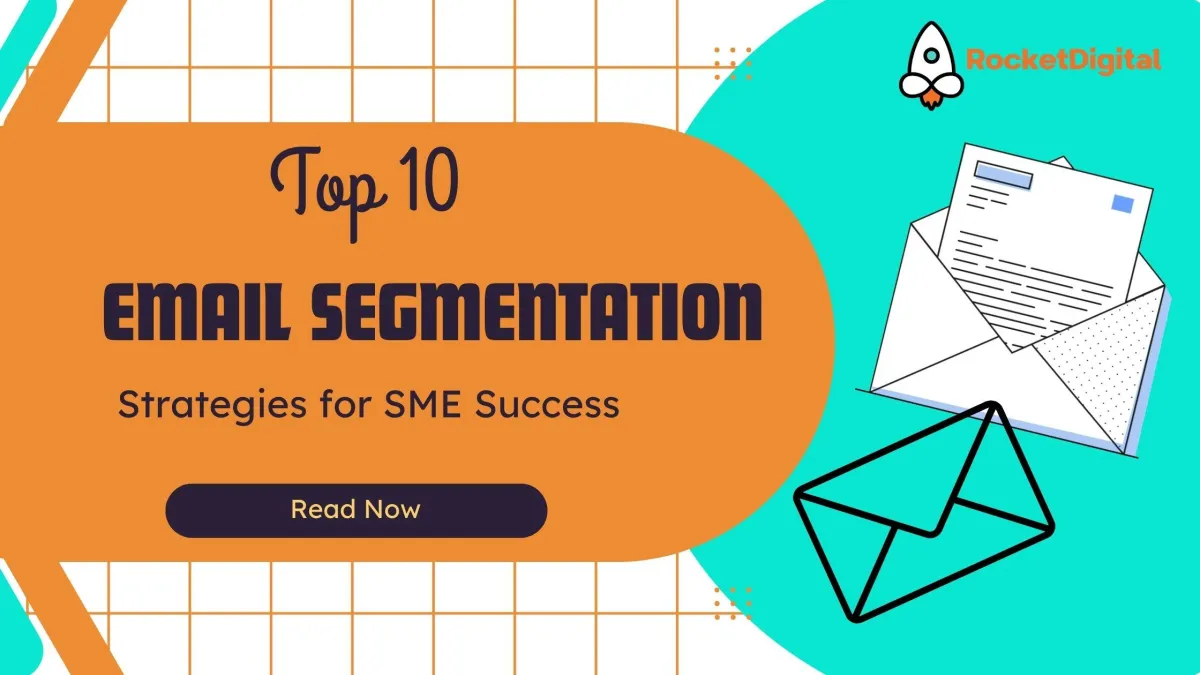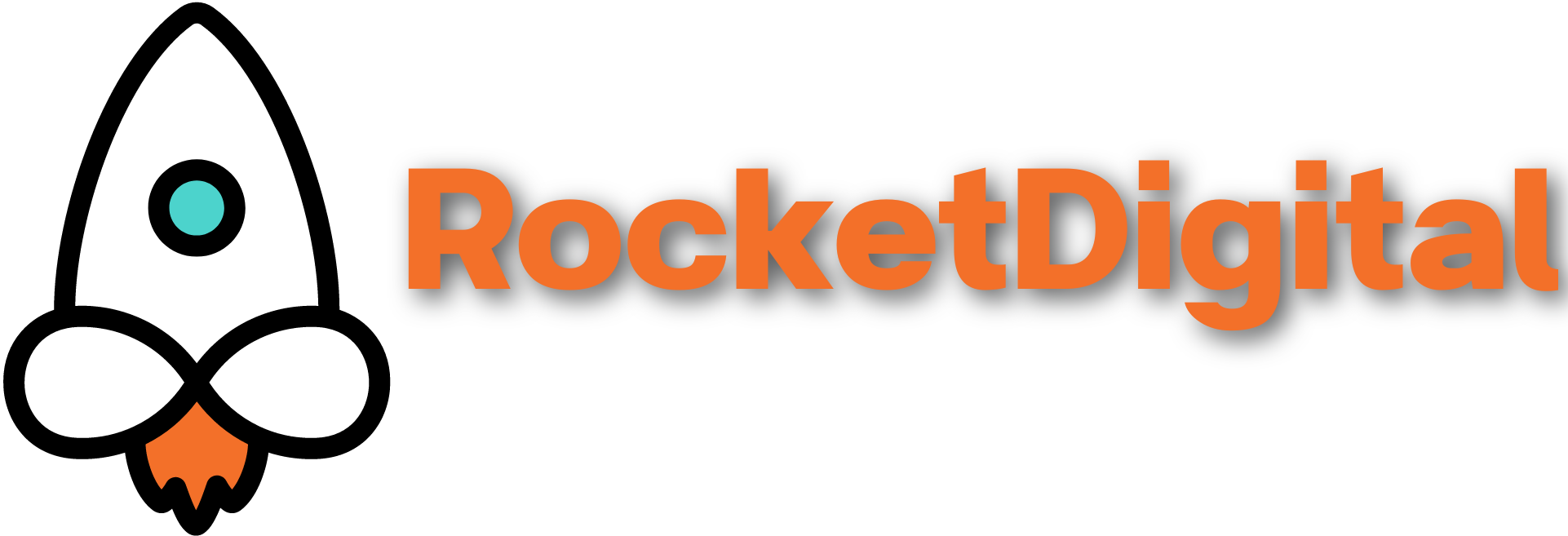
Top 10 Email Segmentation Strategies for SME Success
If you’re aiming for SME success, leveraging top email segmentation strategies is non-negotiable. By analyzing customer behaviors and demographics, you can craft emails that surge click-through rates by a staggering 202%. Remember, personalized content tailored to age, location, or even purchase history can boost your engagement and revenue by up to 760%. And don’t overlook the power of reactivation campaigns or geographic segmentation to further enhance your strategy. With segmented campaigns reducing unsubscribe rates and elevating brand trust, the impact on your email marketing success is profound. Implementing these strategies effectively, and continuously refining your approach based on analytics, will not only optimize your email campaigns but also open new avenues for exploration and growth.
Understanding Email Segmentation
To grasp the full potential of email marketing, it’s crucial you understand how email segmentation works, dividing your audience based on characteristics like behavior and demographics to drive significant improvements in engagement and revenue. This strategy allows you to dissect your email list into smaller, more focused groups, enabling a targeted approach that’s proven to amplify your marketing efforts significantly.
Behavioral segmentation dives into the nuances of customer interactions, such as purchase history and engagement levels. By analyzing these behaviors, you’re in a better position to tailor your emails in a way that resonates with each segment, potentially boosting your click-through rates. Given that segmented emails can see a 202% increase in click-through rates, it’s evident that understanding and implementing this form of segmentation can significantly impact your campaign’s success.
On the other hand, demographic segmentation breaks down your audience by age, gender, location, and income, among other factors. This approach ensures that the content of your emails feels personalized and relevant to each recipient. Considering the diverse needs and interests across different demographic groups, leveraging this segmentation can lead to a 14.32% rise in open rates, showcasing its effectiveness in capturing your audience’s attention.
The Benefits of Segmentation
Segmentation significantly enhances your email marketing strategy, driving up open rates by an impressive 14.32% and click-through rates by 202%. By dividing your audience into specific groups, you’re not just casting a wide net and hoping for the best. Instead, you’re targeting your messages to fit the unique interests and needs of different segments. This precision approach yields substantial segmentation benefits, including:
Increased customer engagement: By sending personalized emails that resonate with the recipients’ interests and behaviors, you’re more likely to capture their attention and engage them on a deeper level.
Higher revenue: Segmented campaigns have been shown to result in a revenue increase of up to 760%. Tailoring your message to different segments can significantly boost your sales and overall profitability.
Reduced unsubscribe rates: With emails that are more relevant and less spammy, your subscribers are less likely to hit the unsubscribe button, reducing your unsubscribe rates by 9.37%.
Enhanced deliverability: Personalized emails through segmentation are less likely to be marked as spam, improving your overall deliverability rates.
Strengthened trust in your brand: Sending content that resonates with your audience’s specific needs and interests can enhance trust and loyalty towards your brand.
Top 10 Segmentation Strategies
Exploring the top 10 segmentation strategies reveals how finely-tuned targeting can significantly boost your campaign’s effectiveness and ROI.
Fine-Tuned Targeting: Explore segmentation strategies to boost campaign effectiveness and ROI.
Data-Driven Insights: Understand audience behavior and preferences for resonant content delivery.
Reactivation Campaigns: Revive interest from inactive subscribers to maintain engagement and reduce unsubscribe rates.
Purchase History Analysis: Tailor emails based on past purchases for upsell opportunities and increased order value.
Geographic Segmentation: Customize messages for local events or regional offers, enhancing communication relevance.
Exclusive Rewards: Reward engaged subscribers with exclusive deals or content to foster loyalty and continuous interaction.
Cleaning Lists: Use reactivation campaigns to clean your list and rekindle subscriber interest.
Enhanced Engagement: Implement strategies to maintain healthy engagement rates and reduce unsubscribe rates.
Personalized Recommendations: Provide related product recommendations based on past purchases for increased conversion.
Brand Loyalty: Build deeper connections with engaged subscribers through exclusive deals and content, fostering brand loyalty.
Implementing Segmentation Effectively
Having examined the top segmentation strategies, let’s now focus on how you can effectively implement these tactics to enhance your email marketing outcomes. Implementing segmentation effectively isn’t just about dividing your audience; it’s about harnessing the power of personalized messaging to foster customer engagement and drive significant revenue increases.
Here’s how you can do it:
Understand Your Audience: Dive deep into analytics to understand customer behavior and preferences. This data-driven approach ensures your segmentation strategies are grounded in reality.
Tailor Your Content: Use the insights gathered to craft personalized messaging that resonates with each segment. This relevance is key to boosting email open rates.
Test and Learn: Continuously test different segmentation criteria and messaging to refine your approach. What works today may not work tomorrow.
Optimize Send Times: Analyze when your segments are most likely to engage and tailor send times accordingly. Timing can significantly impact open rates.
Monitor Engagement: Keep a close eye on how each segment interacts with your emails. High engagement rates often signal a successful segmentation strategy.
Custom HTML/CSS/JAVASCRIPT
Measuring Segmentation Success
To accurately gauge the impact of your segmentation efforts, you’ll need to closely monitor key metrics such as open rates and conversion rates. These figures will not only show you how well your audience is receiving your segmented emails but also guide you in optimizing your strategies for better performance. Analyzing these metrics allows you to fine-tune your approach, ensuring that each segment receives content that resonates with their interests and behaviors.
Open Rates: Indicates the percentage of recipients who open your emails.
Click-Through Rates: Measures the effectiveness of your email content in driving engagement.
Conversion Rates: Reflects the success of your emails in converting receivers into customers.
Incorporating unsubscribe rates and ROI measurement into your analysis will provide a comprehensive view of your segmentation success. These metrics not only highlight areas for improvement but also showcase the direct impact of your email segmentation on your bottom line. By keeping a close eye on these figures, you can continuously refine your email marketing strategy, ensuring that every email sent out maximizes engagement and contributes positively to your overall marketing goals.
FAQs
What Are the 7 Email Marketing Strategies?
You’re asking about email marketing strategies, so focus on personalization, automated campaigns, A/B testing, mobile optimization, clear CTAs, regular analysis of metrics, and segmentation for targeting. These methods drive engagement and increase conversion rates for your campaigns.
What Is Segmentation Strategy in Email Marketing?
In email marketing, segmentation strategy is about dividing your audience into smaller groups based on specific criteria. You’ll send targeted messages that resonate more, increasing opens, clicks, and conversions. It’s crucial for personalized, effective campaigns.
How Can I Improve My Email Segmentation?
To improve your email segmentation, analyze your audience’s behavior and demographics. Utilize this data to create personalized content that resonates. Regularly update segments based on interactions to ensure relevancy and boost engagement and conversions.
What Is the Most Effective Email Marketing Campaign Strategy?
The most effective email marketing campaign strategy involves precise segmentation. By tailoring your emails to meet your audience’s specific needs, you’ll see higher engagement and conversion rates, leading to increased revenue for your business.
Conclusion
Now you’ve got the blueprint to supercharge your email marketing through savvy segmentation. By tailoring your approach with these top strategies, you’re set to unlock higher engagement, improved deliverability, and stronger customer connections. Remember, effective segmentation isn’t just about slicing your list; it’s about delivering value that resonates with each subscriber’s unique needs and preferences. Ready to elevate your email marketing game with savvy segmentation? Let's turn insights into action! Book a call with Rocket Digital Marketing today and unlock higher engagement, improved deliverability, and stronger customer connections.
